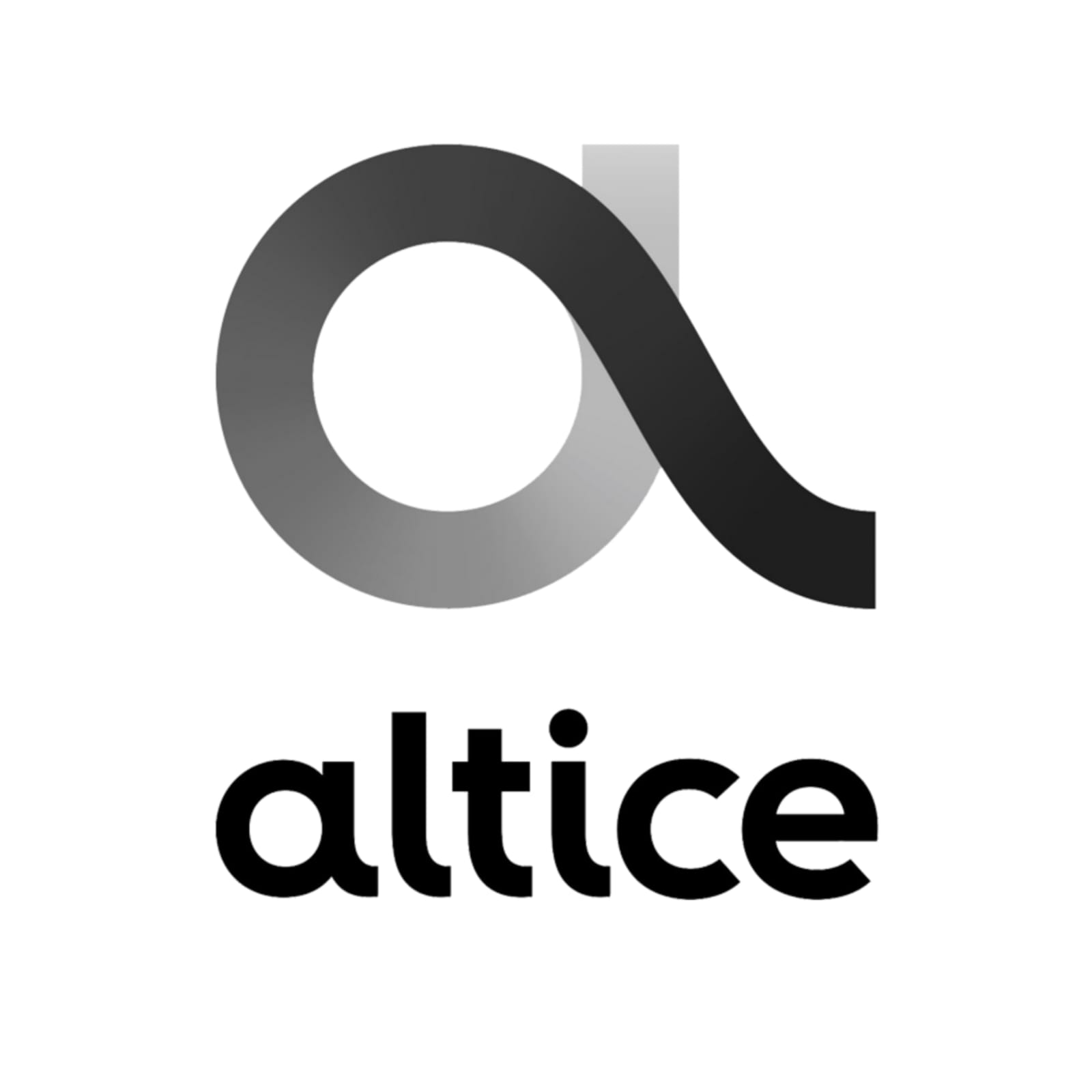
Lets get started finding your next job :]

Altice

Telecommunication ± 45,000
Website +352 27 85 81 000 email
Job Openings +195
AI Review
Match CV
Trajectory
-
In Marina Del Rey, Californ......Account Executive - Client Services & Strategy
-
In Long Island City, New Yo......Account Executive - Political
-
In Kingston 5Analyst Field Support
-
In Bethpage, New YorkAnalyst Field Support
-
In Edison, NJ, 08837Anchor
-
In Golden, ColoradoBilling Operations Analyst
-
In Optimum, Plano, TexasBusiness Development Manager
-
In Kingston 5Business Technical Analyst
-
In Tyler, TXCommercial Retention Specialist
-
In Bronx, New YorkCommunity Account Manager
-
In Greenville, North Caroli......Community Account Manager
-
In Edison, New JerseyContent Producer - Freelance
-
In Marina Del Rey, Californ......Coordinator - Strategy
-
In Kingston 5Cust Solutions Advocate
-
In Oakland, New JerseyDesign Supervisor
-
In Bethpage, New YorkDir Solutions Engineering
-
In Phoenix, Arizona, Golden......Director Analytics, Reporting & GIS Fiber Mapping
-
In Phoenix, ArizonaDirector Construction
-
In VirginiaDirector Construction*
-
In Long Island City, New Yo......Director Data Analytics
- Director Facilities
-
In Wakefield, Massachusetts......Director of Treasury
-
In ohioDirector OSP Fiber Engineering
-
In Cabot, ArkansasDoor to Door Sales Representative
-
In Piscataway, New JerseyDoor to Door Sales Representative
-
In Hawthorne, New YorkDoor to Door Sales Representative
-
In Tyler, TexasDoor to Door Sales Representative
-
In Bethpage, New YorkDoor to Door Sales Representative
-
In Norwalk, ConnecticutDoor to Door Sales Representative
-
In Tinton Falls, New JerseyDoor to Door Sales Representative
-
In Oakland, New JerseyDoor to Door Sales Representative
-
In Bullhead City, ArizonaDoor to Door Sales Representative
-
In Kingwood, TexasDoor to Door Sales Representative
-
In Sedona, ArizonaDoor to Door Sales Representative
-
In Brooklyn, New YorkDoor to Door Sales Representative
-
In Stillwater, OklahomaDoor to Door Sales Representative
-
In Jonesboro, ArkansasDoor to Door Sales Representative
-
In Beckley, West VirginiaDoor to Door Sales Representative
-
In Lake Charles, LouisianaDoor to Door Sales Representative
-
In Hendersonville, North Ca......Door to Door Sales Representative
-
In Arkadelphia, ArkansasDoor to Door Sales Representative
-
In Plano, TexasDoor to Door Sales Representative
-
In Scott Depot, West Virgin......Door to Door Sales Representative
-
In White Plains, New YorkDoor to Door Sales Representative
-
In Yonkers, New YorkDoor to Door Sales Representative
-
In Greenville, North Caroli......Door to Door Sales Representative
-
In Lubbock, TexasDoor to Door Sales Representative
-
In Bronx, New YorkDoor to Door Sales Representative
-
In Greenwood, MississippiDoor to Door Sales Representative
-
In Alexandria, LADoor to Door Sales Representatives
-
In White Plains, New YorkEnterprise Sales Account Executive
-
In Bethpage, New YorkEnterprise Sales Account Executive
-
In Bethpage, New York, Plan......Enterprise Security Architect
-
In Hendersonville, North Ca......Event Representative
-
In West Nyack, New YorkEvent Representative
-
In Newark, New JerseyEvent Representative
-
In Scott Depot, West Virgin......Event Representative
-
In Piscataway, New JerseyEvent Representative
-
In Parsippany, New Jersey; ......Fiber Engineer
-
In Oakland, New JerseyField Technician - Outside Plant III
Altice is headquatered at 5, rue Eugène Ruppert, L-2453 Luxembourg, Luxembourg